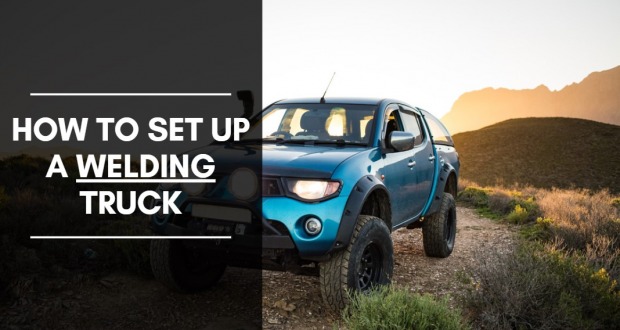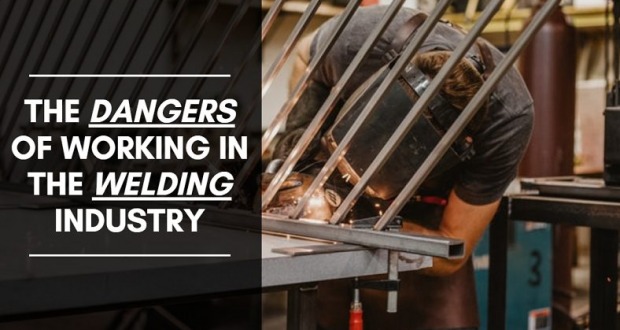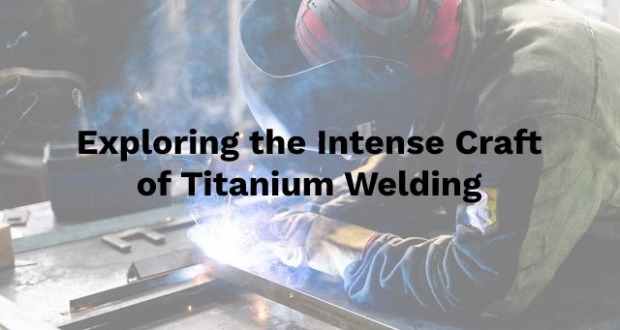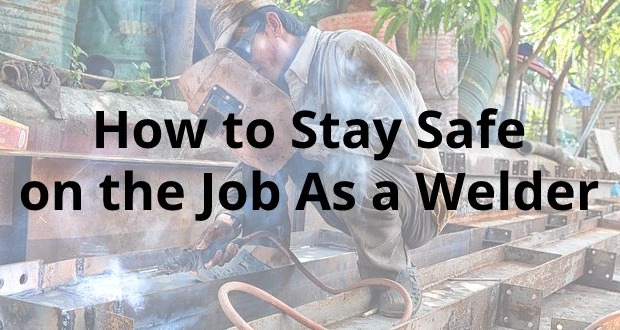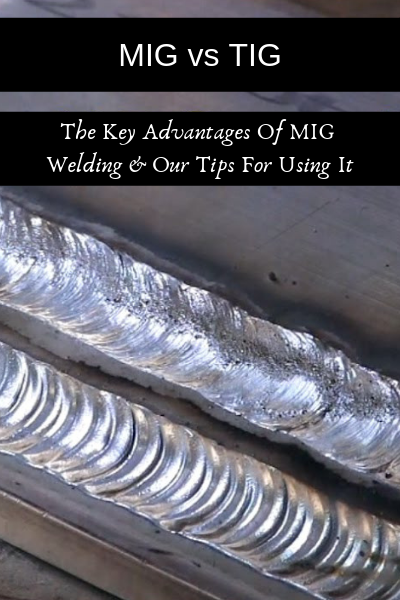
MIG welding, which is also referred to as GMAW (Gas Metal Arc Welding), is a process that uses a solid electrode that is continually fed with shielding gas and electrical power to melt metals.
The heat from this combination deposits molten material at a metal joint, offering one of the fastest and most convenient methods of welding that is available today.
One of the primary benefits of MIG welding is that most of the processes are regulated automatically. Welders have limited control over the travel direction of the weld, their travel speed, and the position of the gun.
When you have a MIG welder at the proper settings, the power supply provides the necessary amperage to create an effective weld. The pre-selected arc length ensures the quality of the work using preset conditions that are based on the welding work that is required.
You can even use filler metal that closely matches your base material to create a stronger joint with GMAW.
Where Can MIG Welding Be Used?
You can use the MIG welding process on a variety of different metals. It works with several different metal thicknesses as well.
For a welder to have a successful experience, they must focus on four specific selections:
- Electrode: You must choose the proper diameter, composition, and packaging.
- Shielding Gas: The flow rate, composition, and purity are all integral to the equation.
- Variables: The process includes travel speed, mode of transfer, voltage, and current.
- Equipment: This selection includes your welder, gun, feeder, and power source.
Any MIG welder is able to produce a high-quality weld. The skill of the user must combine with the quality of the equipment, however, to create consistency. Even a great welder will create average welds if their equipment provides inconsistent support.
That is why it is essential that you select your equipment from the best MIG welder reviews. When you can match the features of the equipment with the work that you need to do, you’re one step closer to creating the results that you want.
Why Choose MIG Welding?
There are several advantages to consider with the GMAW process. Most welders, choose MIG welding because it provides a low-cost, high-productivity process that leads to consistent outcomes.
Here are some of the other reasons why MIG welding is advantageous over other welding processes:
- You can use MIG welders for all types of alloys and metals which are commercially available. Although your setup needs to change for certain metals, such as aluminum, you are not forced to work with specific metal types, as you are with other welding processes.
- It can be performed in most positions when you use the correct equipment and parameters for your project. Vertical welding and overhead work are difficult with MIG welders because your welding pool tends to be larger and with added liquidity. That is the primary concern most welders have with this process.
- You can obtain a deeper weld penetration with GMAW, allowing you to create smaller welds that don’t skimp on strength. You’re not forced to create a massive bead to ensure that the project comes together as it should.
- When you have the proper filler metal selected for a project, MIG welding is suitable for multi-pass welding needs. Less skill is required of the operator with this process to complete a strong weld, even with multi-pass techniques, when compared to other techniques.
- The rate of fumes that MIG welding produces is much lower when compared to other types of welding. Although you must still wear personal protective equipment when welding, there are fewer risks for secondhand exposure when utilizing this technique.
- The quality of the welds that you’re able to produce can pass an x-ray inspection.
- You’ll receive an improved electrode deposition efficiency with GMAW compared to other welding processes. There is more choice for filler metal composition and diameter available as well, even if you’re welding metals that are extremely thick or very thin.
- It is an ideal process for mechanized welding. Welders have less cleanup work after they are finished because covering slag is not part of the weld bead.
- Many of today’s best MIG welders will allow you to use a flux-cored arc welding process with your equipment. That extra process gives you more flexibility to weld in challenging environments or constrained areas.
How Easy Is It to Learn MIG Welding?
If you want to learn how to weld, then MIG welding should be your first stop on that journey. It doesn’t take long to learn how to run a good bead. The average person who is familiar with metals (as in you know how to identify specific metal types) can learn how to run a passable bead in just a day.
Of course, there is more to welding than knowing how to run a bead. If you want to learn the fundamentals, however, this is the process to get you started.
All you need is one of the best MIG welding machines at home to get started. You can make or repair many things with this equipment, with some options starting around $100 if you’re wanting to learn.
With a small MIG welder, you can even plug it into your standard household receptacle. Before you do that, make sure you’re using a 50-amp fuse so you don’t blow out your circuit when you turn the equipment on.
Even with a small welder, you’ll be able to start a side hustle in your neighborhood if you want. Expect lots of requests to make or repair things. Remember to charge a fair rate for your labor, which will stop those “friends” from stopping by thinking that you’ll do something for them that is free.
Are There Limitations to MIG Welding?
Although MIG welding offers numerous benefits to consider, there are specific limitations that must also be evaluated before deciding to use this process.
For starters, the equipment used for GMAW is more complex than what other processes require. That means it tends to be more expensive (especially when compared to stick welding), and it tends to be less portable than other methods as well. Even if you’re using a 3-in-1 or a 5-in-1 welder for your MIG requirements, there is a greater time commitment required to set up your equipment.
You’re required to use a gun with MIG welding, which means it can be difficult to work in constricted areas. Because it requires a shielding gas for the weld to be effective, your gun must stay close to your work area. That limits your ability to work on specific welds.
There cannot be any drafts in your working area with GMAW either. That means you must work inside unless there is a minimal breeze outside. Whenever drafts are around and you’re using a MIG welder, there is a risk that the shielding gas will blow away from the arc. Should that circumstance occur, the result would be an inferior weld.
MIG welding produces a lot of heat and light that may be bothersome to some welders. Even with proper personal protective equipment, including an auto-darkening helmet, the temperatures produced by this welding process may lead to discomfort.
You can weld on thinner materials with this process, but it does come with a risk of burning through them. Anything that is less than 1/16-inch thick has a higher risk of this issue occurring when using a MIG welder.
If there is metal contamination, GMAW does not perform well. If your process parameters are not set correctly, then your weld may experience a lack of fusion. And when you must weld out-of-position, most welders discover that their metal deposition rates are less than what other welding processes are able to achieve.
In Conclusion
A MIG Welder is a great choice when you have thicker metals that need to be joined together. It is user-friendly for beginners, yet it offers a quality that expert welders still rely upon when good work needs to get done.
Although this welding process won’t offer you the high-precision welds that the TIG welding process provides, you can still form a good bead and work in plenty of places with your MIG equipment.
Your consumables are affordable, the arc is controllable, and many of the functions of this welding process are automatic. It gives you a higher welding speed than other processes, clean welds, and you can work with metals that are as thin as 26-gauge when necessary.
Many MIG welders allow you to use flux-cored arc welding as an alternative when there is no shielding gas available or you must weld outdoors. FCAW works better if your metals are dirty too since the standard GMAW requires the metals to be nice and clean before you get to work.
Why choose MIG welding? Because it is simple, affordable, and simple to learn. If you’ve thought about becoming a welder, then this is the type of welder you should buy today.

